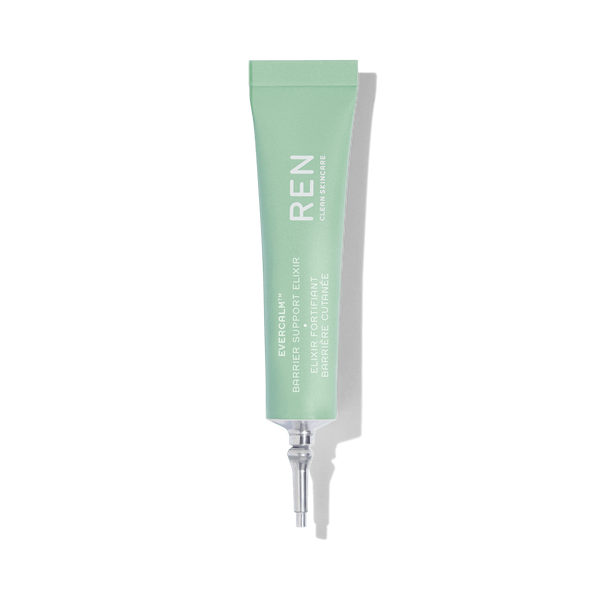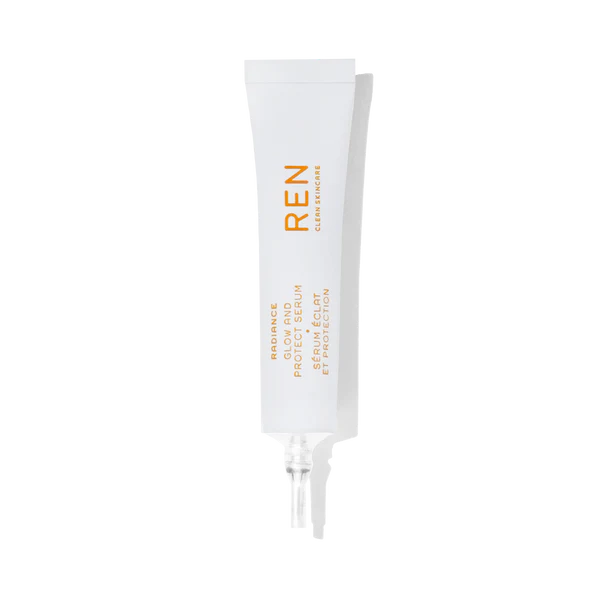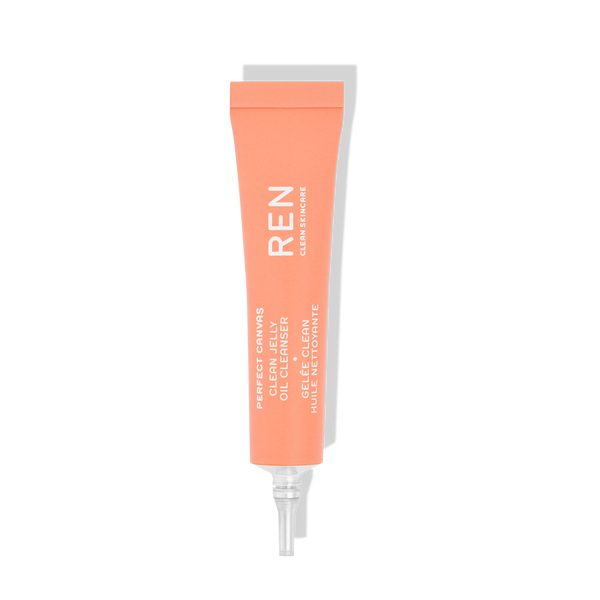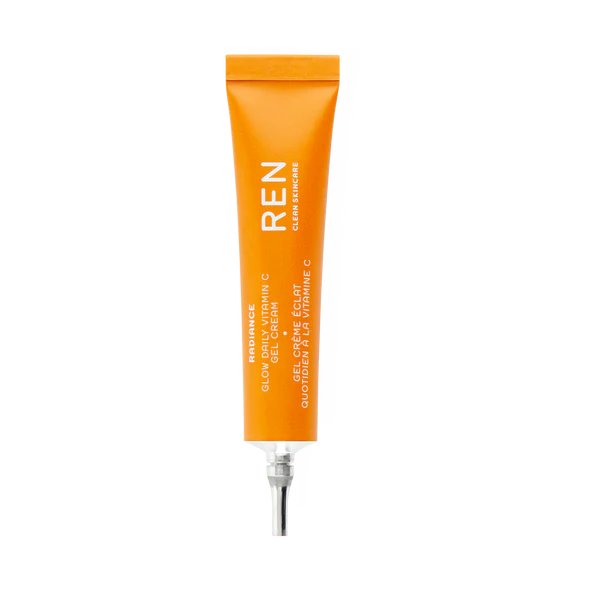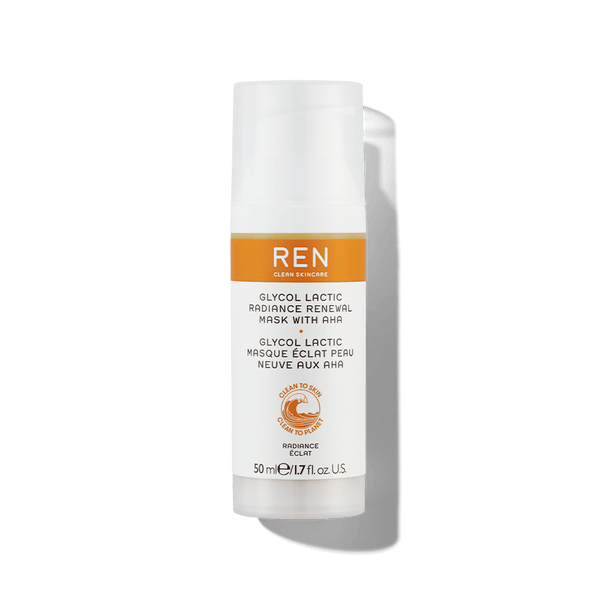What is Slugging Skincare?

When you think of baby-soft facial skin, chances are good that slippery garden slugs probably aren’t the first thing that comes to mind. But thanks to TikTok, slimy slugs and smooth skin are now forever intertwined. Skin slugging is a trending K-beauty process that aims to trap moisture and nutrients against your skin with a thick moisturizing layer, thereby making your face as slippery and moist as…well, a slug.
Luckily, no actual slugs are harmed (or even used) in this skincare routine.
If you’re curious to learn more about what slugging skincare entails, how slugging may benefit your skin, what facial moisturizers are recommended, and where slugging fits into your daily skincare routine, read on for our guide to all things slippery, slimy, and beautifully smooth.
Slugging 101
Slugging is simply the process of sealing moisture and nutrients into your skin with a layer of occlusive moisturize. At this point, you might already have some questions:
- Why do you need moisture in the first place?
- How about those nutrients? Where and what are they?
- What on earth is an occlusive?
We’ll answer them one by one.
Moisture and Your Skin
When it comes to healthy-looking skin, moisture matters. Although your skin is naturally 64% water, the world is constantly working against adequate skin hydration. Your fragile facial skin can be sapped of its moisture by elements ranging from unfavorable weather conditions to artificial heat and air conditioning to hormonal changes.
Your genetics, skin type, and the natural process of aging also play a role in your skin’s changing hydration levels.
With all these potential foes to your skin, it’s no surprise that moisturizers are one of the most popular skincare products, representing a global $2 billion market.
Interestingly, though, there is no medical consensus on the definition of moisturizer. However, the term has come to encompass three main varieties of products:
- Emollients are composed of lipids (aka fats) that fill the spaces between dead skin cells. This class can include naturally-derived oils as well as fatty acids.
- Humectants help skin cells absorb additional moisture. They often include glycerol as an ingredient. However, natural ingredients like honey also fall under this category.
- Occlusives create a protective barrier on the skin that prevents water loss. This class of moisturizers includes natural and artificial products.
Treating yourself to some form of a daily moisturizer is good skincare.
Many moisturizers combine several of these ingredients for an enhanced effect. As we noted, slugging itself depends on an occlusive layer to seal in moisture—but what you put under that top layer is totally up to you. You can make the right choice by better understanding the nutrients your skin needs.
Feeding Your Skin
In addition to moisture, your skin needs specialized micronutrients to stay in top condition.
Depending on your skin type, age, and environment, you may already be treating your skin with nutrients to:
- Reduce signs of aging like sagging, sunspots, and fine lines
- Treat acne, rashes, and outbreaks
- Brighten dull skin and restore luster and glow
- Reduce clogged pores on the nose, forehead, cheeks, and chin
Whether you’re treating oily skin for acne with Vitamin A or mature skin for fine lines with AHAs, the idea behind slugging is that it can help to lock those precious nutrients into your skin with an occlusive layer. As a result, you may be able to get more out of your favorite skincare product.
All About Occlusives
While an occlusive product is a form of moisturizer, it’s not just any old cream or lotion.
An occlusive layer stops hydration and nutrients from leaving your skin by creating a waterproof coating. Some common forms of occlusive that you might already have in your medicine cabinet are:
- Petrolatum – Derived from petroleum, petrolatum has been used as a moisturizing and healing agent for more than 100 years. A semi-solid gel, this versatile product creates a completely water-repellant film on the skin. Also known as mineral oil jelly, it can be mixed with other waxes to make a wide variety of products for the treatment of dry skin, hair, and lips.
- Beeswax – While straight beeswax is much too firm for use on the skin, it can be combined with softening ingredients like rosemary oil, olive oil, almond oil, or royal jelly to create a watertight layer that may even have antimicrobial properties. You can either try making your own beeswax-based occlusive from the many recipes online or buy a pre-mixed product.
- Squalane Oil – Squalane is the man-made version of squalene (notice the “e” and “a” that differentiate them)—a compound naturally produced within the human sebaceous glands that decreases with age. Lighter than either petrolatum or beeswax, squalane oil nonetheless creates a waterproof barrier that should not clog pores. If this oil feels like the right match for you, you might also be interested in natural oils like jojoba and marula.
- Shea Butter – Extracted from the nuts of the shea tree native to West Africa, this vitamin and fatty-acid-rich moisturizer may even be anti-inflammatory and anti-oxidizing for your skin. Like squalane oil, this barrier is lighter than petrolatum and beeswax, although it is a nut-tree derivative and people with allergies should be cautious about using it to slug their skin. Other nut oils that make good occlusive layers are almond, argan, macadamia, and kukui.
Make your choice depending on your preference for natural vs. synthetically derived products as well as your skin’s specific needs.
Whatever your choice, covering your daily moisturizer and other skincare products with a thick layer of one of these occlusives can help you reap the whole benefit of each product rather than losing important moisture and nutrients to evaporation, friction, and sweat.
So slather that occlusive on top of your moisturizers and nutrients to get slugging.
When To Slug Your Skin
When you apply your moisturizing and nutritive skincare products, they need time (a little or a lot depending on the product and on your skin’s receptivity) to absorb and work on your skin.
Now that you have a foundational knowledge of what slugging skincare is, we’ll explain how to time your skincare routine.
Although you could slug during the day, most people choose to slater on the slimy stuff with their nighttime routine. This is because:
- Night serums and creams tend to be most nutrient-dense than daytime formulations
- You don’t want to have any makeup or foundation beneath your occlusive layer
- Your face will be slippery and slimy
To properly slug in the evening, follow these steps.
- Wash and tone your face to remove all traces of makeup, dust, grit, and sweat
- Apply your usual nighttime skincare products like serums, oils, moisturizers, and creams
- Cover your skin, neck, and upper chest with a thick layer of your chosen occlusive
- Hit the sheets for some quality sleep
- When you awaken, follow your usual morning skincare routine
Although most proponents opt for overnight slugging, there is no reason to limit yourself if you want to try slugging during the day. Just make sure to avoid the sun and give your skin sufficient time to absorb the products (at least a few hours).
A Few Do’s and Don’ts of Slugging
Welcome to slugging! You’re now equipped with the knowledge you need to take your skincare routine to the next level. But before you embark, here are a few of our best practices to help you get started.
- Know Yourself – Whether you slug your skin often or occasionally depends on your skin’s needs, environment, and sensitivity. You can slug daily, weekly, or as needed.
- Know Your Ingredients – As with all skincare products, know what you’re putting on your skin. Although there’s no way to know exactly how much of what you put on your skin ends up in your bloodstream, some experts claim it can be as high as 60% to 70%. Choosing clean beauty products can help ensure that your skin only absorbs the good stuff.
- Use a Towel – There’s no way around it—if you’re slugging at night, you’re going to be hard on your bed linens. Try using an old pillowcase or laying a towel over your pillow before bed to prevent greasy stains on your favorite pillowcase. In addition, keep Fido away, as ingesting skincare products is no good for pets.
Hydrate Your Skin with REN
Whether or not a particular beauty trend works for you depends on your skin’s specific needs. If slugging is the right fit for yours, our Overnight Recovery Balm is the perfect hydrating product to help nourish your skin while you sleep. This balm is packed with enzymatically activated oils of Olive, Almond, Borage and Linseed to help soothe and calm your skin. Incorporate this into your nighttime skin routine and wake up to plump, radiant-looking skin.
Our entire Night skincare line is ready to help you hydrate, strengthen, and nourish your skin with ingredients like jojoba oil, sunflower oil, borage, and linseed. Start a nightly routine that naturally calms and regenerates even the most fragile skin.
At REN, we’re committed to formulating skincare products that are good for you and good for the Earth. Since 2000, we’ve been pioneering clean skincare that’s high-performance and sustainable. Always cruelty-free and striving for zero waste, we develop our skincare products to bring the best to you and to Mother Earth.
About the Author:
Camille Poggi is a doctor in Pharmacy (PharmD.) and is passionate about skincare and how the skin works in general. She specializes in the cosmetic industry and worked for renowned companies in France like L’Oréal and Chanel before moving to London. After being a training manager for 4 years, Camille is at ease with explaining how products work in the skin and how to adapt her speech according to the audience.
She joined REN in January 2020 as International Training Manager and moved to the Research & Development team earlier this year to be the new Scientific Education Manager. A tailored-made role where she assesses and leads all technical communication and ensures scientific compliance is always met. She’s also involved in new product development from the earliest stages. Finding a way to create sustainable skincare products and making sure the message is properly delivered and understood is definitely a big challenge but also her favorite part working for REN.
Sources:
- USGS. The Water in You: Water in the Human Body. https://www.usgs.gov/special-topics/water-science-school/science/water-you-water-and-human-body#:~:text=The%20skin%20contains%2064%25%20water,bones%20are%20watery%3A%2031%25
- Skin Therapy Letter. Moisturizers. http://www.beauty-review.nl/wp-content/uploads/2014/04/Moisturizers-what-they-are-and-a-practical-approach-to-product-selection.pdf
- Clinical Medicine & Research. The Role of Moisturizers in Addressing Various Kinds of Dermatitis: A Review. https://www.ncbi.nlm.nih.gov/pmc/articles/PMC5849435/
- The Cut. Where Does All the Skin Care Go? https://www.thecut.com/2020/01/what-happens-to-skin-care-after-you-apply-it.html
- Tags: dry skin

